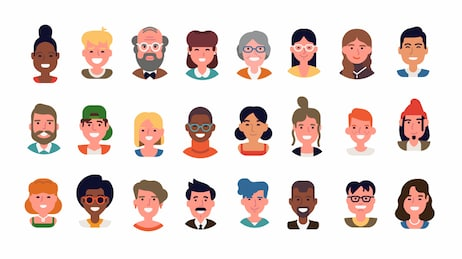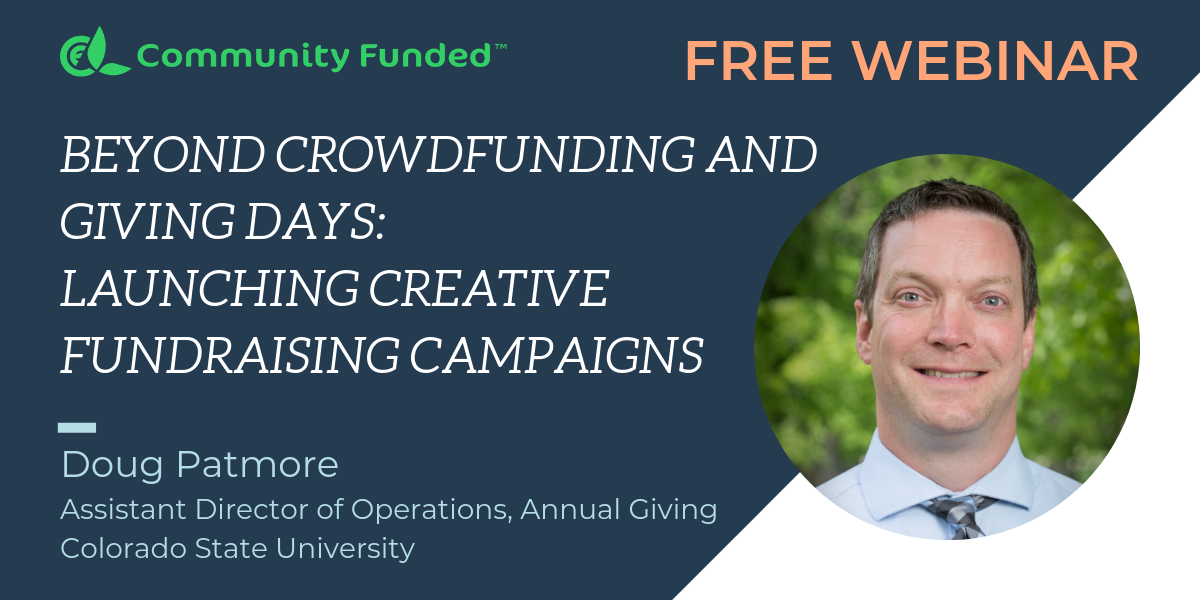min read

In the digital age, an organization can struggle to maintain engagement from all age groups. Here are some tips to help make your digital pages and platforms age-friendly.
Make digital forms easy
An obstacle for any user, but particularly those of older generations, is an unintuitive digital engagement platform. Whether it be an online registration form, a donation gateway or an event survey, if the form has errors, has 10 steps, or asks for too much information your audience is likely to get fatigued and frustrated. Consider these 3 things when creating forms online.
Brief & Clear
Questions and fields that are complicated and require a lot of reading are likely to remain blank or cause the user to leave the form altogether. Clearly explain what you are asking of the user in the briefest way. Think about if you were the one filling out this form, with no context of the intended result. Would you become frustrated or overwhelmed?
Include Validations
Validations let the user know if the information entered is incorrect or offer a pre-allocated format that demonstrates the way that information should be entered. For example, when you enter an invalid credit card or add an extra digit in a phone number, the form alerts you of your error. If your digital forms have this functionality, use it! It will help field unhappy users down the road.
Mobile Friendly
Digital means screens of all sizes! Make sure your online form is compatible with mobile devices, tablets, computers, and laptops. Make sure it displays correctly and is brief and clear on any kind of screen.

Mix up your content
Different stories, different causes, and different products appeal to different kinds of people of varying ages. To help cast a wide net and engage different age groups, mix up your content. Consider how your weekly blog post or social media story might attract a different age group or demographic. You can even test different content targetted to different ages and see what drives strong results.
Ask for opinions
You will always be the age you are. The coworker next to you, your parent or your children will be a different age. Ask the people in your life how their digital experience is when engaging with your organization. They can offer a different perspective that can only be seen through the eyes and keyboard of their age group.

Know your social media
Different age groups use different social media channels as their main social media source. If you are targeting/advertising to a specific group or a larger audience do you research on which social media channels each group uses. Social media statistics and use are ever-changing, but below is the break down of channel use by age, according to this article by Business Insider.
Teens (born between 1997 and 2006)
In 2016, Snapchat surpassed Facebook as the most popular social network among US teens. Snapchat has been more popular than Instagram among US teens for years. In 2018, 16.4 million 12- to 17-year-olds will use Snapchat, compared with 12.8 million for Instagram
Business Insider, 2018
Millennials (born between 1981 and 1996)
Facebook is the most used social network among US millennials, with 58.5 million of them expected to use the platform this year. That figure is still growing, albeit slowly. Instagram ranks second with 43.3 million
Business Insider, 2018
Gen X (born between 1965 and 1980)
Generation X uses Facebook most heavily, with 45.1 million users this year.
Business Insider, 2018
Baby Boomers (born between 1946 and 1964)
Baby boomers continue to favor Facebook over other social apps, mainly to stay in touch with friends and family. This year, 31.9 million people in that cohort will be on the platform, with that number holding fairly steady
Business Insider, 2018
Don’t forget about other channels
Another way to engage digitally is not digitally… Makes sense right? ;). Direct mail, phone calls, and in-person communications are another opportunity to direct your audience to your digital platforms. Add URLs to all of your marketing materials that direct the user to your web page to engage. Older generations tend to engage more actively in less digital ways. By hitting multiple channels you are meeting your audience where they are, rather than asking them to come to you.
Track your data!
Last, but not least, track your engagement! Google Analytics now offers age demographic tracking on webpages. Find out which age groups are regularly browsing your digital content and which ages rarely visit your web pages. This can help identify areas of opportunity and strategy for broadening your engagement.

Written by Emily Denning Todd






